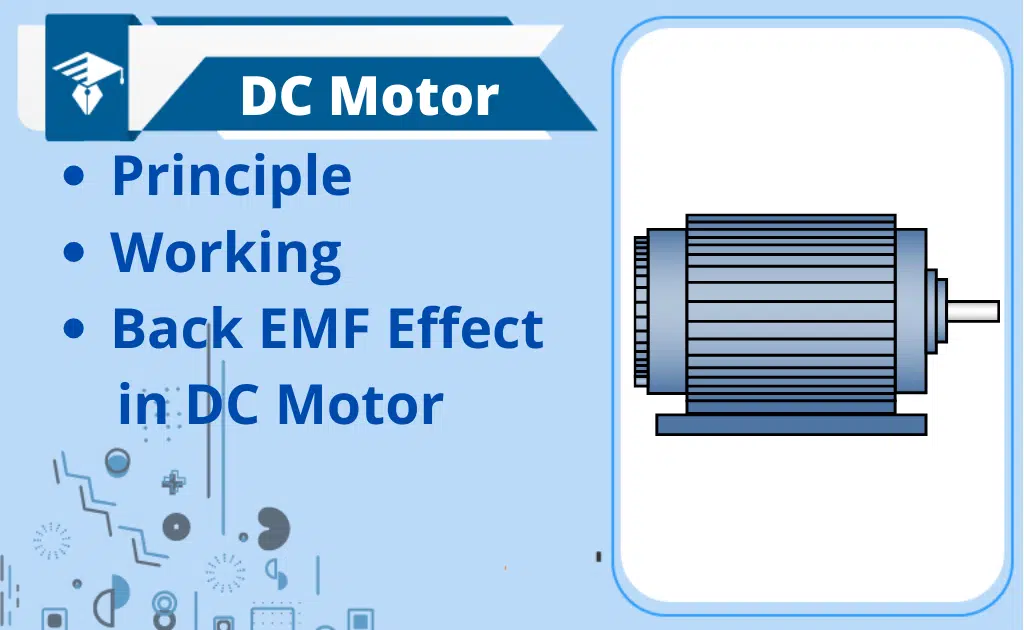Distribution Transformer-Definition, Types, Connections, And Uses
A distribution transformer or service transformer is a transformer used in the electric power distribution system to step down the voltage used in the distribution lines to the level used by the customer.
Distribution Transformer
Distribution transformers are devices that allow electricity to flow from high voltage to low voltage. They are used to reduce or increase the voltage of power lines. Distribution transformers often have ratings that are less than 200 kVA, but there are national standards in place that can permit units to go up to 5000 kVA if necessary.
Reducing iron losses is crucial during the design process of distribution transformers. They typically don’t operate at full load, so they are designed to be most efficient at lower loads. To achieve better efficiency, the voltage in these transformers should be kept as low as possible. They’re designed so that they only have small leaks.
Distribution Transformer Types
Distribution transformers can be classified into different categories based on factors.
- Mounting location
- Type of insulation
- Number of phases
- Voltage class
- Basic impulse insulation level (BIL)
Distribution Transformer Connections
There are four main components that determine the design of a distribution transformer. The main parts are the ones that make up the entire thing.
- Input connection
- Output connection
- Windings or coils
- Core
Input Csaonnection
The transformer is connected to the primary distribution lines through protective switches and fuses. This is usually a ‘fused cutout’ for pole-mounted transformers. A visual indication of trouble can be given by an electrical fault melting the fuse and the device dropping open.
It is possible to open the line manually while lineworkers use insulated hot sticks. In some cases, completely self-protected transformers are used, which have a circuit breaker built in, so a fused cutout isn’t necessary.
Output Connections
The secondary part of the transformer is also known as the output section. The electrical energy is sent to the electric instrument in your house or factory. In the secondary side of the transformer, the voltage is lower than in the primary section.
One of the main differences between a power transformer and a distribution transformer is that the power transformer usually has one secondary and one primary output and input setup. According to the purpose, a distribution transformer may have at least one primary section and two or more secondary components.
Winding
The distribution transformer is exactly the same as the other forms of transformers. It’s classified into two categories, primary and secondary. A performance of drawing energy from the supply is what the primary one does. Electric energy is transmitted to electrical equipment from the secondary type.
Core
The path that determines the magnetic flux in the transformer is presented by the core of the transformer. The core is not usually a solid steel bar. Plates are folded neatly and it consists of several laminated steel sheets. This model will either eliminate or reduce the heating.
Distribution Transformer Construction
The primary and secondary wire windings are wrapped around the distribution transformer’s magnetic core, which is either banded together with steel straps or made from laminated sheets of sheet Silicon steel.
Power loss in utility grids is an important cause of magnetic energy being dissipated as heat in the core, which is why this core construction is designed. hysteresis loss in the steel and eddy currents are the two effects that cause core losses. Silicon steel has a low loss of hysteresis, and the laminated construction prevents eddy currents from flowing in the core, which reduces the power in the resistance of the steel.
Where large numbers of transformers are made to standard designs, a wound C-shaped core is economical to manufacture. A steel strip is wrapped around a former, pressed into shape, and then cut into two C-shaped halves, which are re-assembled on the copper windings.
Distribution Transformer Uses
Depending on the number of customers in the area, the number of customers fed by a single distribution transformer will vary. In urban areas, several homes may be fed from a single transformer. Depending on mains voltage, rural distribution may require one transformer for every customer.
There will be multiple distribution transformers in a large commercial or industrial complex. In urban areas and neighborhoods where the primary distribution lines are underground, pad mount transformers, and transformers in locked metal enclosures mounted on a concrete pad are used. Electric service is provided at the primary distribution voltage in many large buildings. There are customer-owned transformers in the basement of these buildings.







Leave a Reply